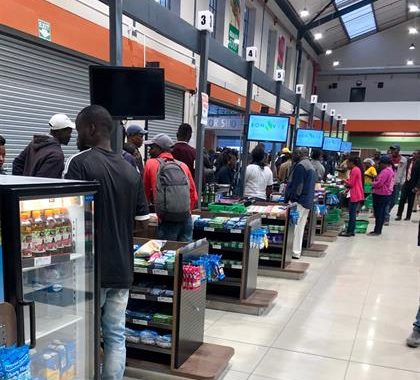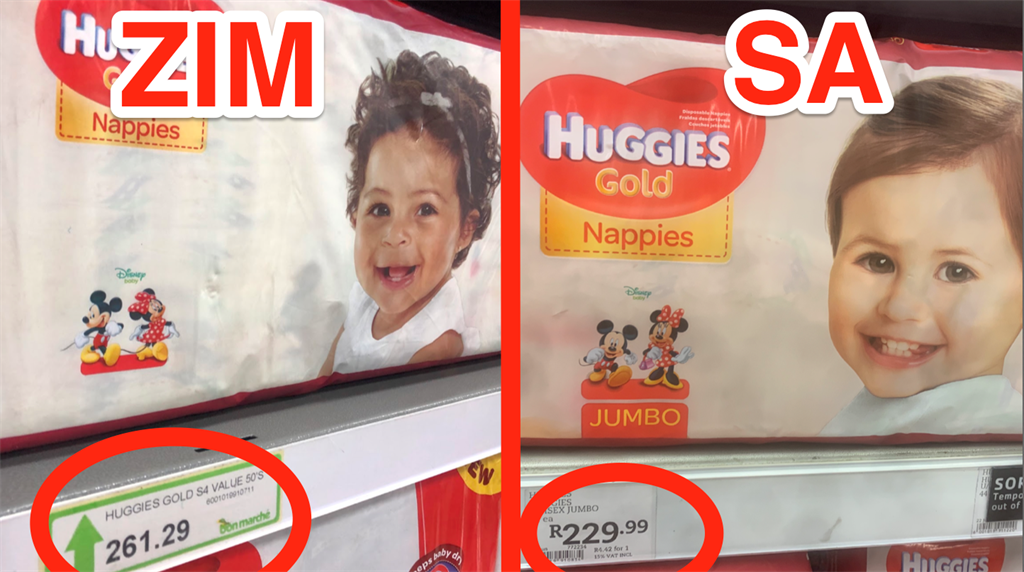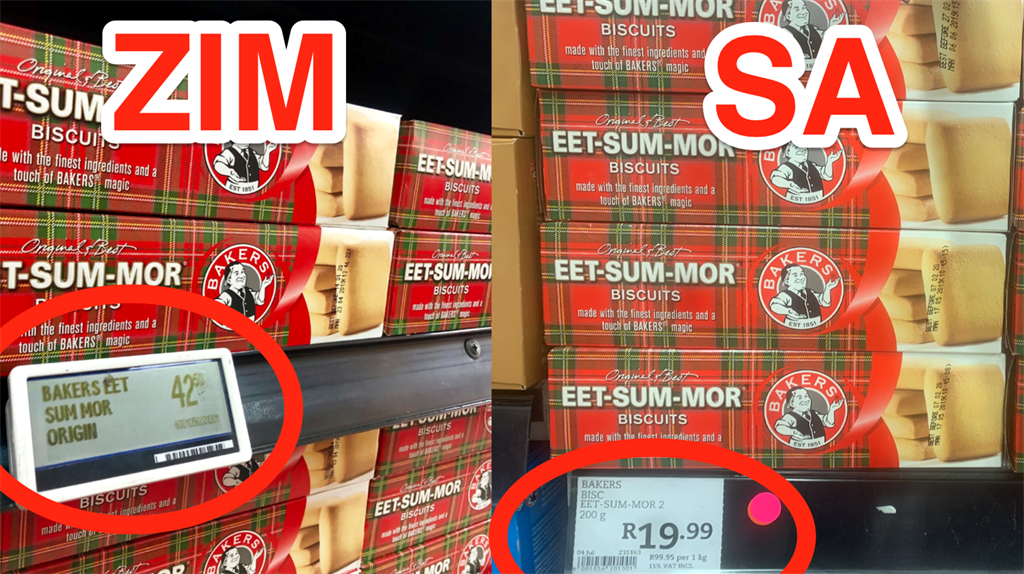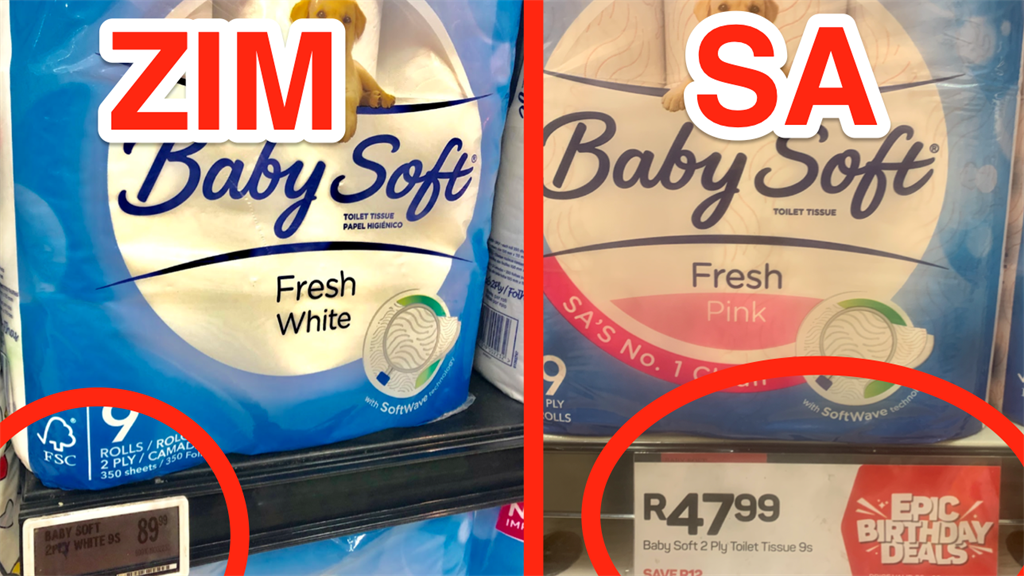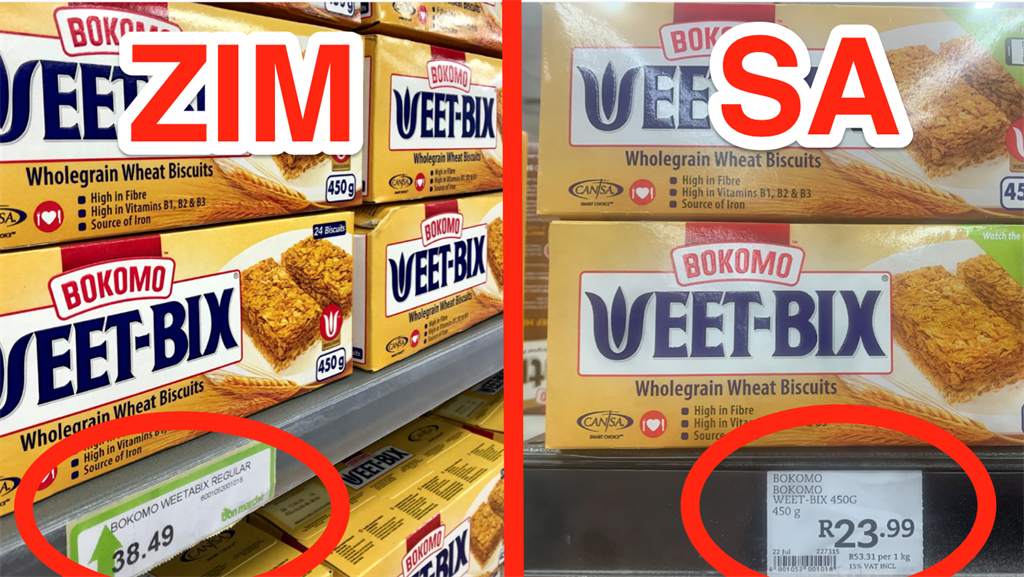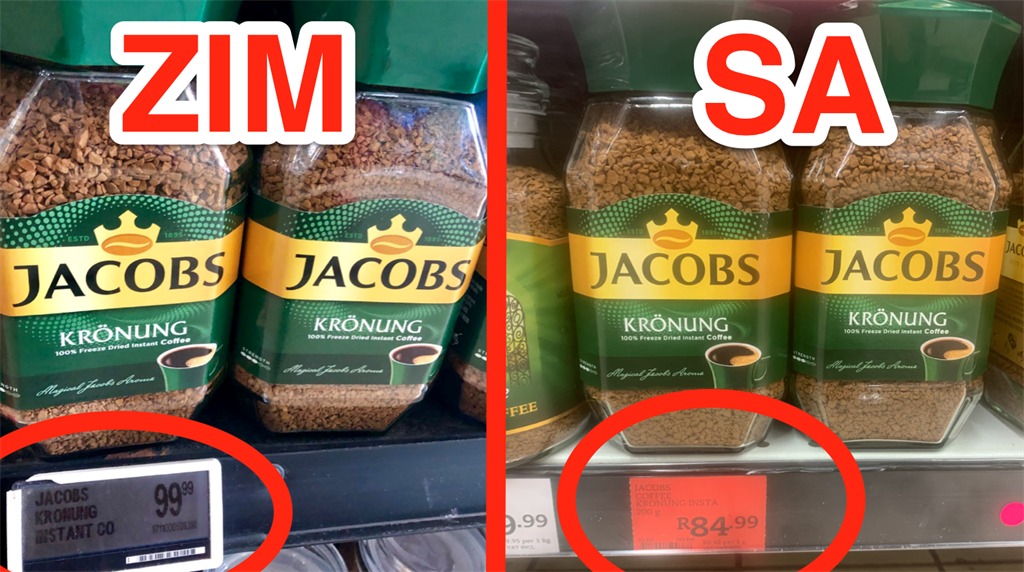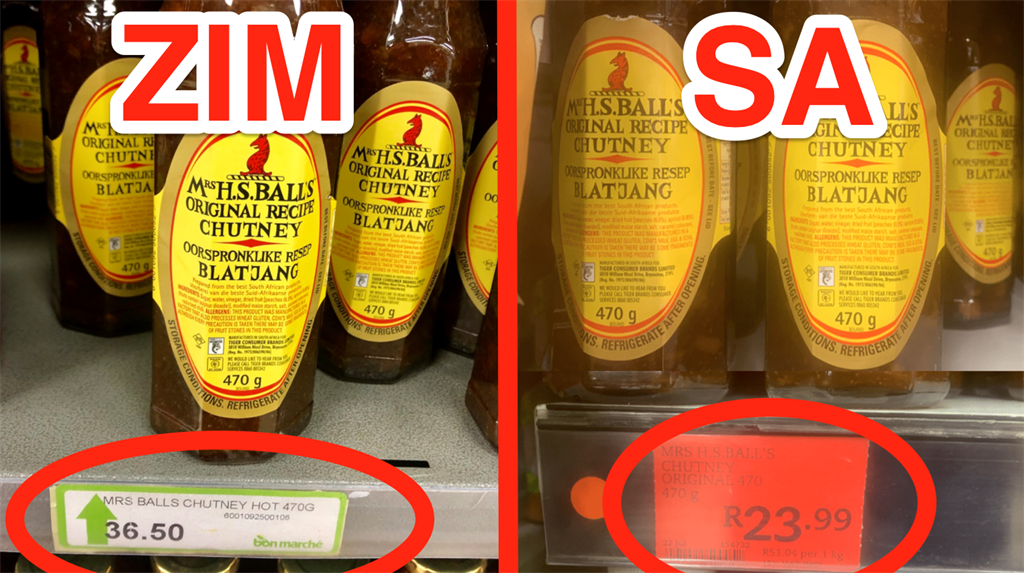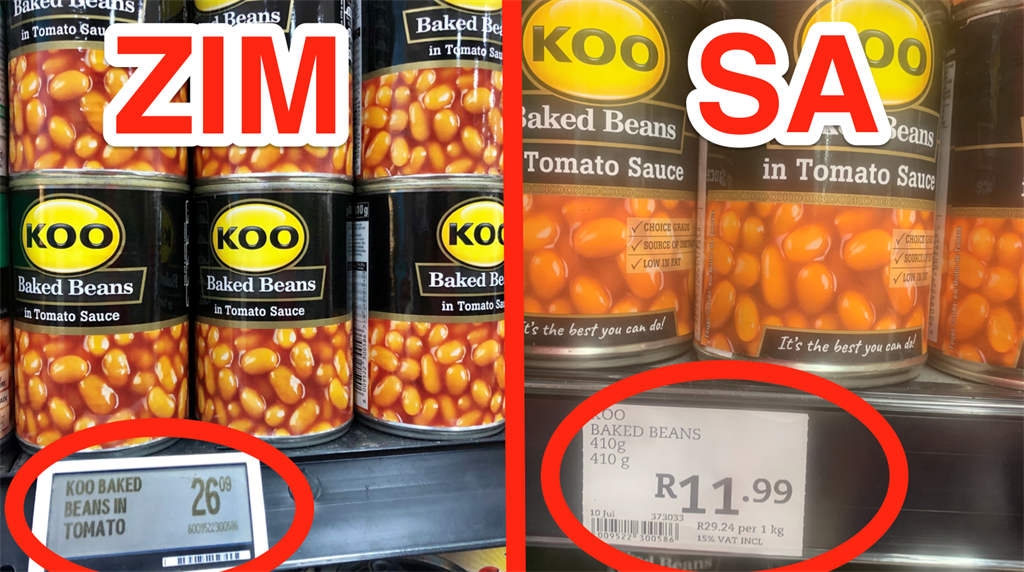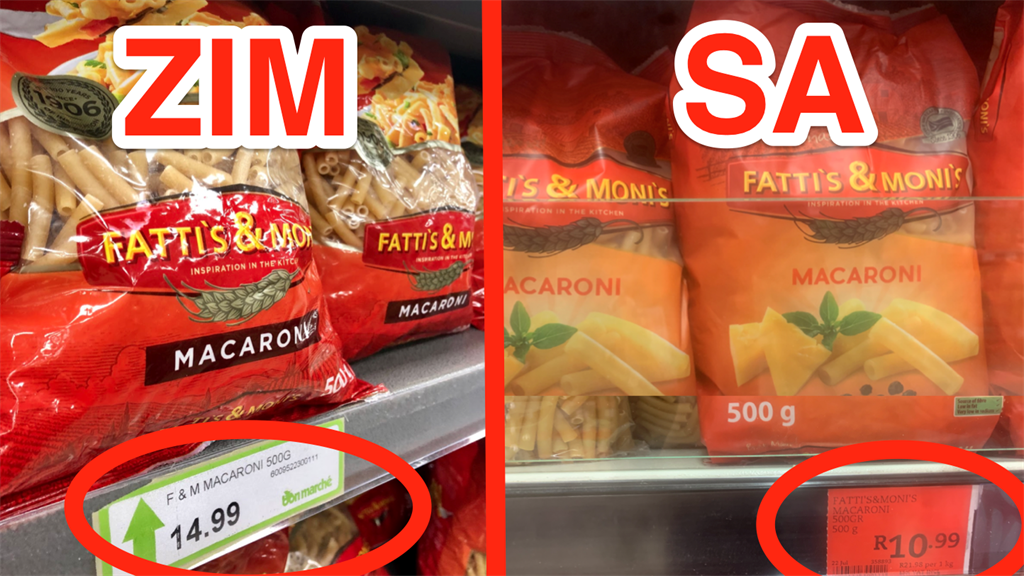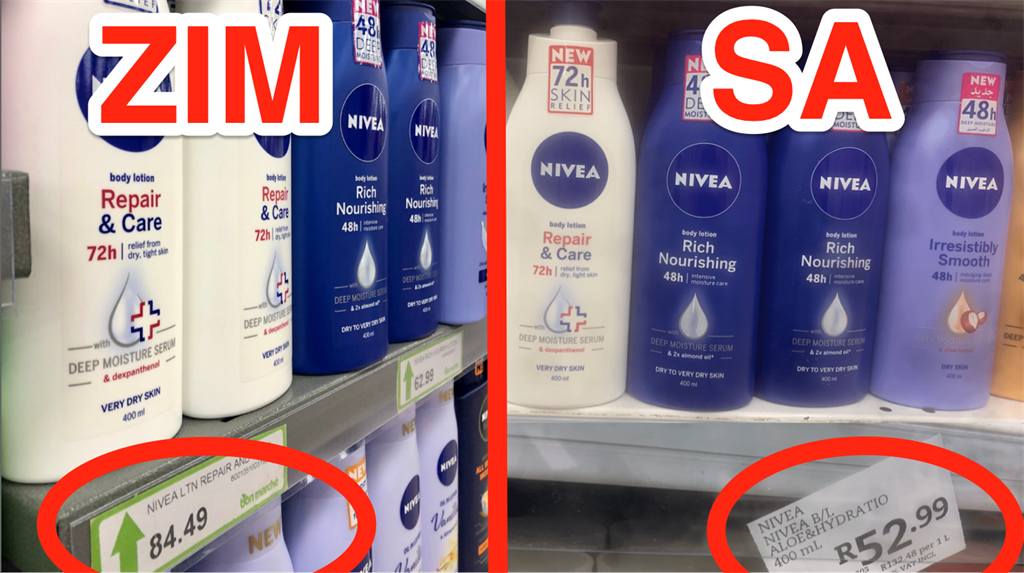- Zimbabwe adopted the Zimbabwean dollar, and banned the use of the US dollar and the rand, at the end of June.
- It caused widespread confusion and cash shortages in the country.
- We compared prices for everyday household goods in Zimbabwe to what they cost in South Africa.
This brought to an end nearly a decade where these currencies were used as legal payment after the Zimbabwean dollar (Z$) became worthless.
The sudden change in currency has caused widespread cash shortages at banks in Zimbabwe, with citizens waiting in line from as early as 05:00 to withdraw cash.
Most banks have therefore introduced withdrawal limits of Z$100 per day for businesses and Z$60 for individuals per day.
It also left retailers and informal traders confused as they weren’t sure how much to charge after converting their prices to the Zimbabwean dollar.
The bureau de change exchange rate is currently between Z$9.5 to Z$9.7 for every US dollar, or roughly Z$0.70 for every rand.
On the Zimbabwean black market, the exchange rate is Z$10 for every US dollar.
Business Insider South Africa compared prices of everyday household goods in stores in Harare, Zimbabwe’s capital city, to prices in South Africa.
Huggies Gold nappies (52 in a packet)
Z$261.29 = roughly R373.27
Eet-sum-more cookies 200g
Z$42.50 = roughly R60.70
Baby Soft 2 ply toilet paper
Z$89.99 = roughly R128.56
Bokomo Weetbix 450g
Z$ 38.49 = roughly R54.98
Jacobs Kronung Instant coffee 200g
Z$99.99 = roughly R142.80
Mrs Balls Chutney 470g
Z$36.50 = roughly R52.14
Koo Baked Beans 410g
Z$26.09 = roughly R37.27
Fatti’s & Moni’s Macaroni 500g
Z$14.99 = roughly R21.41
Nivea body lotion 400ml
Z$84.49 = roughly R120.70
Post published in: Business

